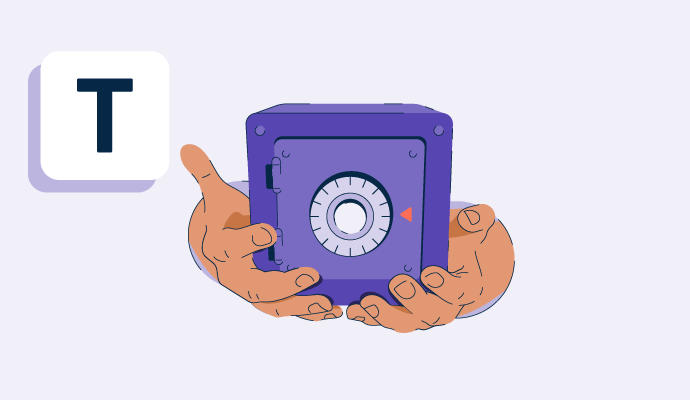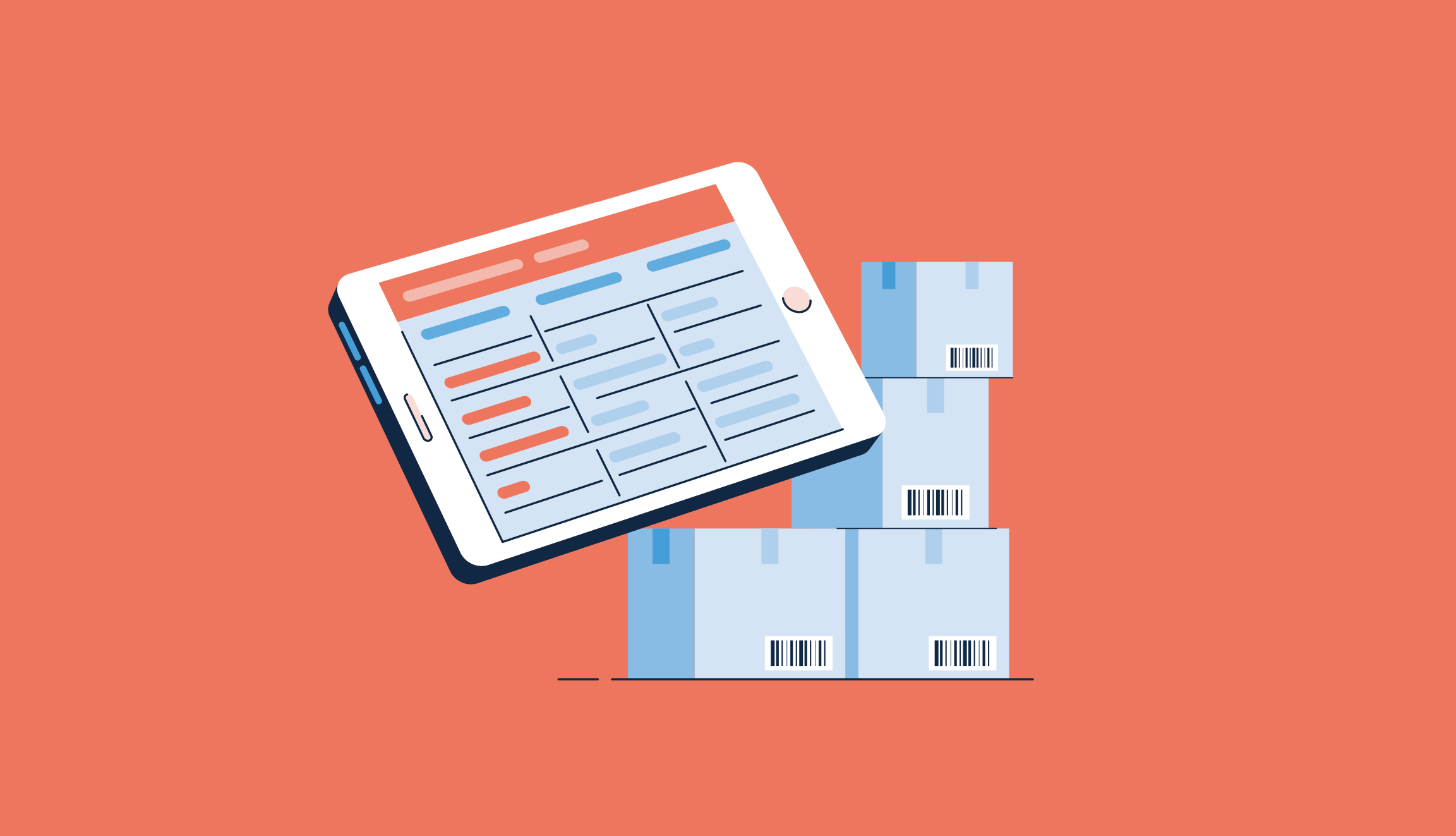What is a tangible asset?
A tangible asset is a physical asset that has a specific monetary value. Tangible assets can be used as collateral for loans because they represent a large percentage of a company’s worth and provide long-term value to a lender. Companies lean on tangible assets to get the financing they need to continue operations.
However, tangible assets are prone to depreciation over time because of damage from natural disasters like fires or floods. Businesses should invest in their maintenance to uphold their value in the long run.
Tracking the longevity of tangible assets is best done with resource management software. These tools schedule and optimize material resources required for project management. Additionally, users can compare resource availability with demand and allocate functions to bring projects to completion on time and within budget.
Types of tangible assets
Tangible assets can vary from business to business, depending on their needs. For example, a software company doesn’t need as many vehicles as a restaurant delivery service.
The two types of tangible assets are:
- Fixed assets refer to long-term tangible pieces of property or equipment that are difficult to convert to cash. Fixed tangible assets depreciate over a period of time. Some examples of fixed assets include computer equipment, furniture, vehicles, land, and buildings.
- Current assets, also known as liquid assets, can easily be converted into cash and typically provide value for the company within one year. Current assets usually include inventory, investments, cash, cash equivalents, and stock inventory. They help businesses pay for ongoing operating expenses.
Industries that use tangible assets
Some examples of the various industries that use tangible assets include:
- Manufacturing: Buildings, computers, factory machinery, and equipment make up some of the manufacturing industry’s tangible assets.
- Healthcare: Companies in the healthcare industry use tangible assets like medical equipment. Due to its cost, companies maintain and use this type of equipment for long periods of time.
- Technology: Mechanical, electronic, and communications tech all use tangible assets to produce their goods.
- Oil and gas: Companies in the oil and gas industry own a large number of tangible assets and rely heavily on items such as drilling equipment.
- Finance: The financial sector depends on computer software (a fixed asset) to ensure its operations run smoothly.
Tangible assets vs. intangible assets
Both tangible and intangible assets are essential for ensuring a business stays up and running. However, the type of company determines whether tangible or intangible assets are more important.
Tangible assets refer to physical property that can be seen and touched. Their presence helps facilitate the manufacturing and production of goods and products. Tangible assets hold significant value; however, their long-term value depends on how they’re treated and maintained.
Intangible assets are non-monetary assets with no physical substance. These are often intellectual assets like patents, copyrights, and trademarks, so it's harder to assign value to them since they lack a direct market for comparison. Usually, the company that owns the intangible asset determines its value.
Intangible assets have no risk of depreciation. However, they are prone to goodwill damage (i.e., brand name or reputation could be affected).

Amanda Hahn-Peters
Amanda Hahn-Peters is a freelance copywriter for G2. Born and raised in Florida, she graduated from Florida State University with a concentration in Mass Media Studies. When she’s not writing, you’ll find Amanda coaching triathletes, cuddling up with a good book, or at the theater catching the latest musical.


